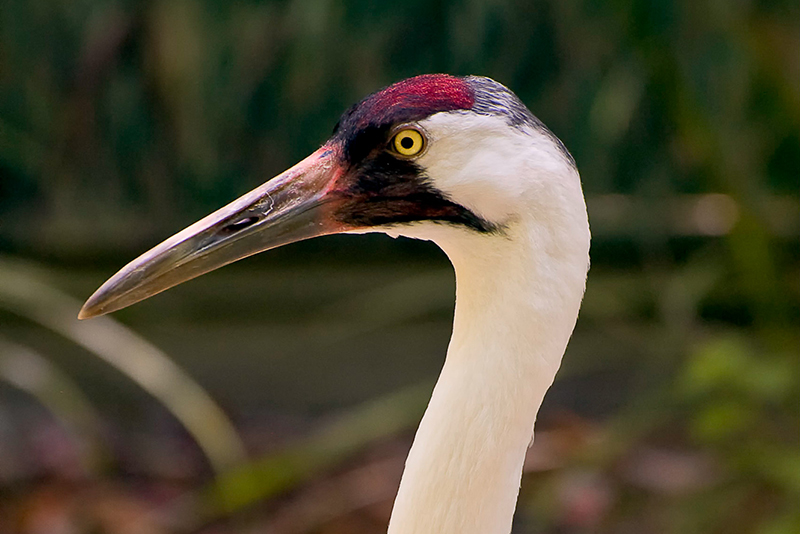
by Rich Leighton | May 3, 2020 | Birds, Florida Nature Facts, Florida Nature Photography, Natural History, Nature & Wildlife
Whooping cranes eat aquatic invertebrates (insects, crustaceans and mollusks), small vertebrates (fish, reptiles, amphibians, birds and mammals), roots, acorns and berries. MORE PHOTOS OF BIRDS MORE FLORIDA NATURE FACTS Florida Nature Facts is a series about...
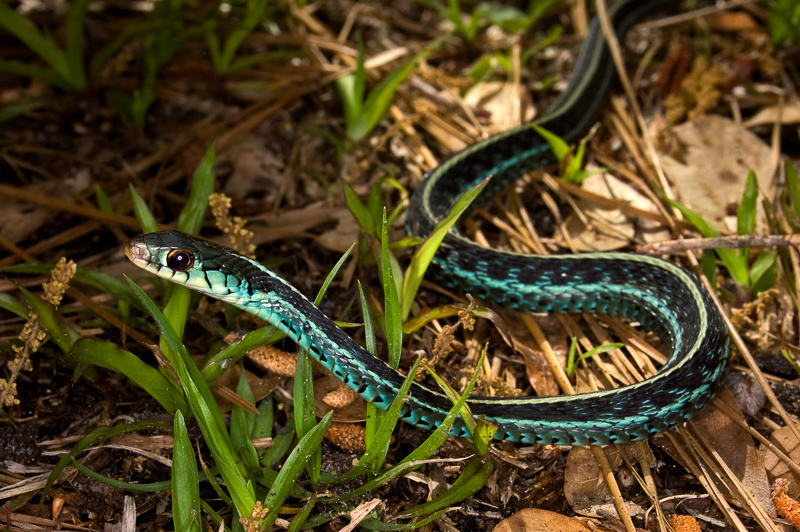
by Rich Leighton | Apr 28, 2020 | Florida Nature Facts, Florida Nature Photography, Herps, Natural History, Nature & Wildlife, Reptiles
Unlike most land-dwelling vertebrates that have a pair of lungs, snakes have one long lung. MORE PHOTOS OF SNAKES MORE FLORIDA NATURE FACTS Florida Nature Facts is a series about interesting facts about the flora, fauna and places that make Florida so amazing. Posts...
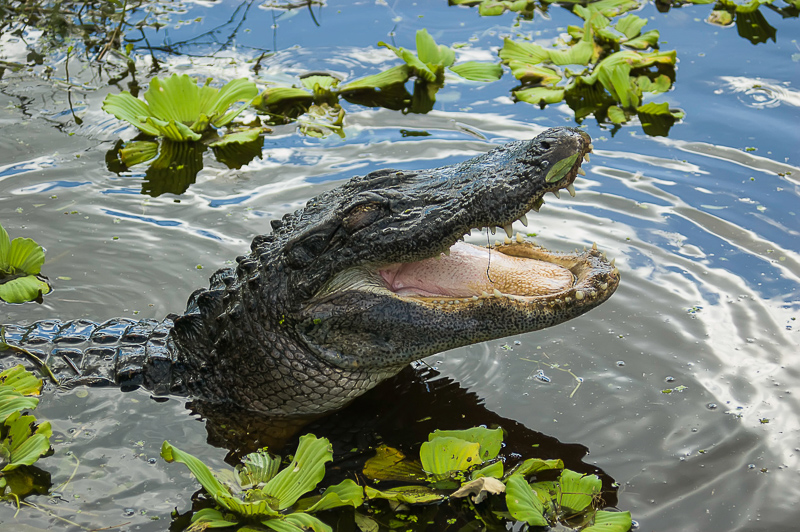
by Rich Leighton | Mar 28, 2020 | Florida Nature Facts, Florida Nature Photography, Herps, Natural History, Nature & Wildlife, Reptiles
Most reptiles have 3-chambered hearts, but the heart of alligators, and all other crocodilians, has 4 chambers – a trait shared with mammals and birds. MORE PHOTOS OF ALLIGATORS MORE FLORIDA NATURE FACTS Florida Nature Facts is a series about interesting facts about...
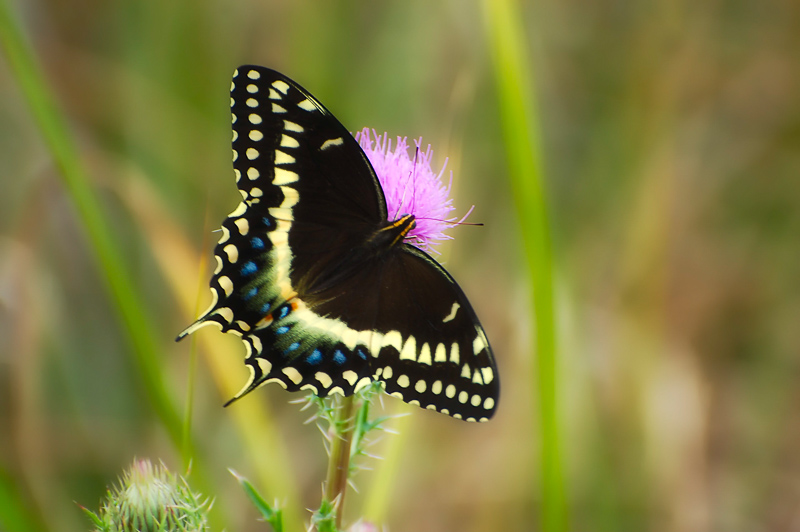
by Rich Leighton | Mar 18, 2020 | Butterflies, Florida Nature Facts, Florida Nature Photography, Insects, Invertebrates, Natural History, Nature & Wildlife
Butterflies! Welcome to the next installment of a new series of nature photos that will be short & sweet, and all about the native and naturalized wildlife that is all around us with just one or two interesting nature facts that you might not know about. If you...
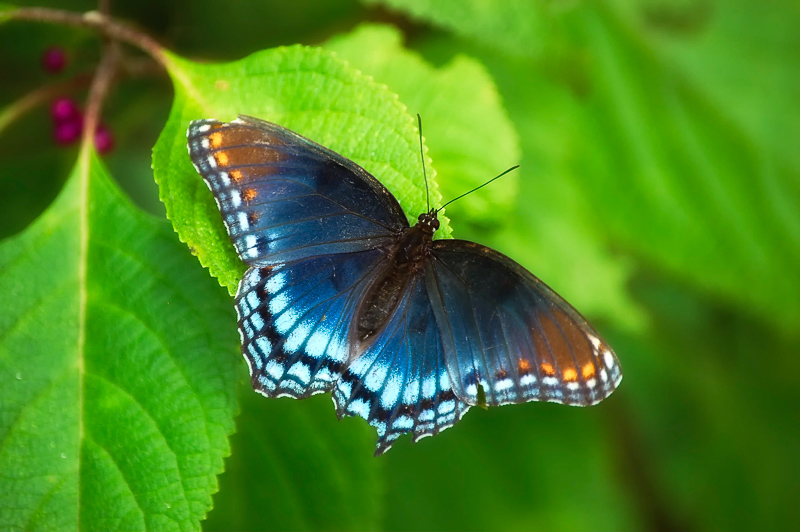
by Rich Leighton | Mar 13, 2020 | Butterflies, Florida Nature Facts, Florida Nature Photography, Insects, Invertebrates, Natural History, Nature & Wildlife
Most adult butterflies can’t bite or chew. They eat mainly liquids like nectar, sap, juices from fruits, and sometimes even fluids from carcasses. They have a long, tube-like tongue called a proboscis, which works like a straw to suck up liquid. When...







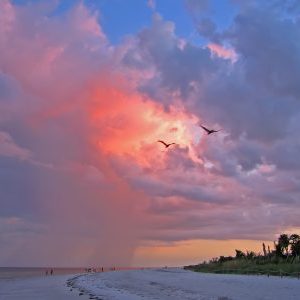
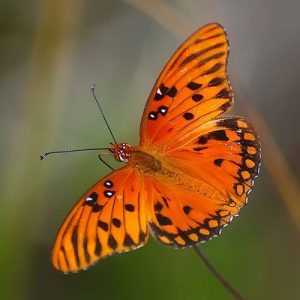
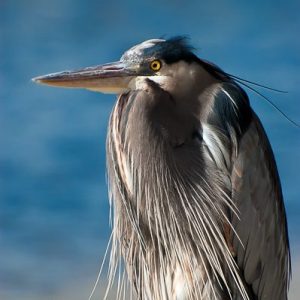
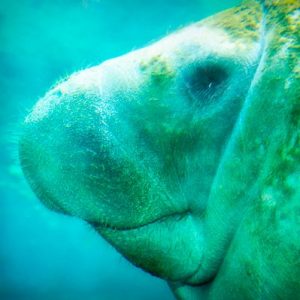
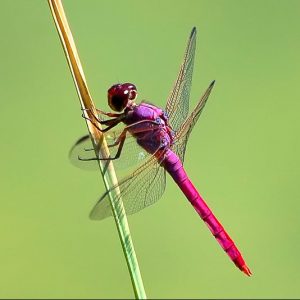
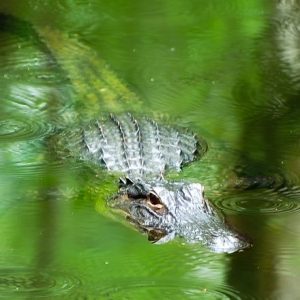
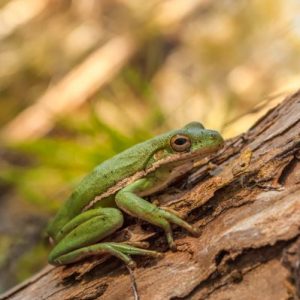
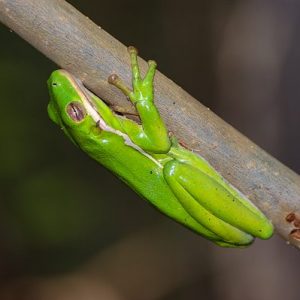
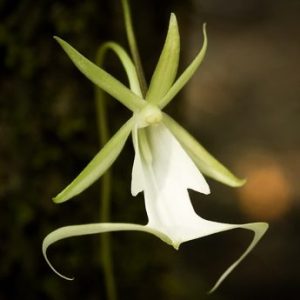
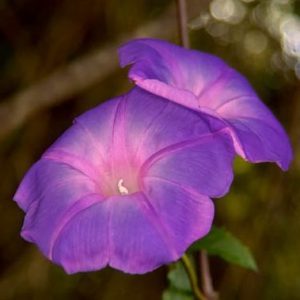
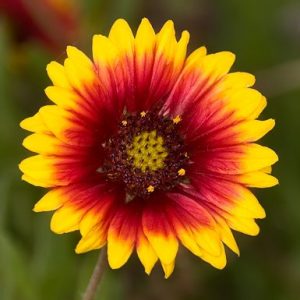
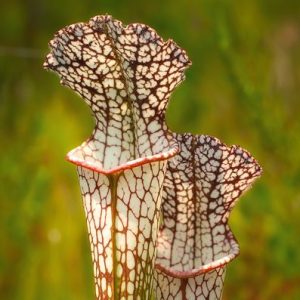
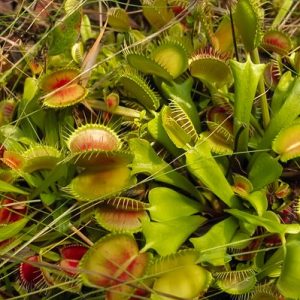
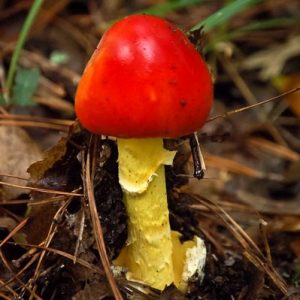
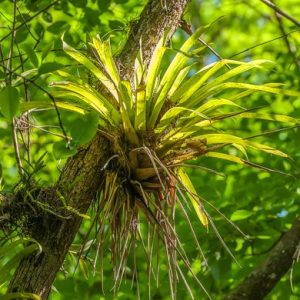
Recent Comments